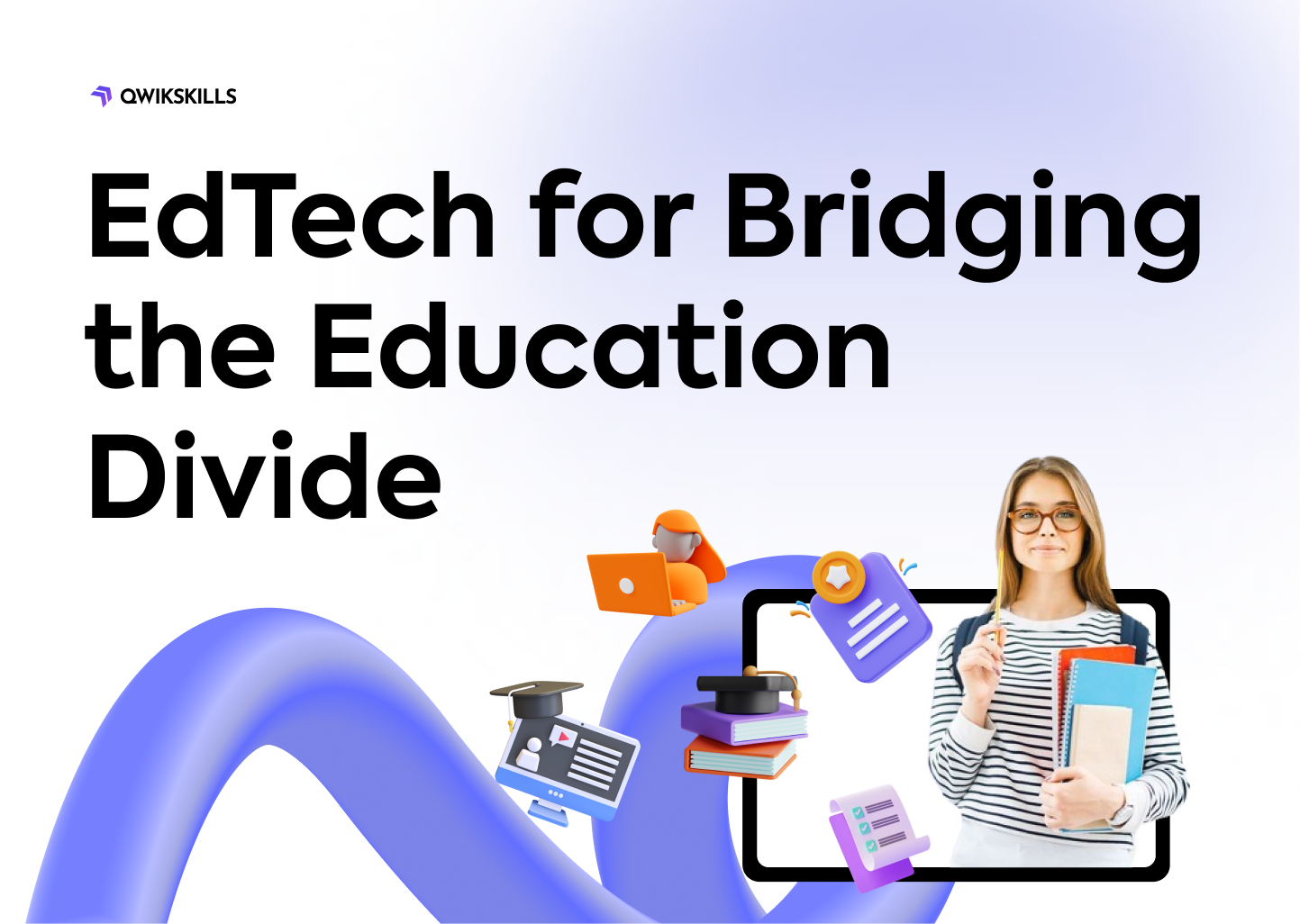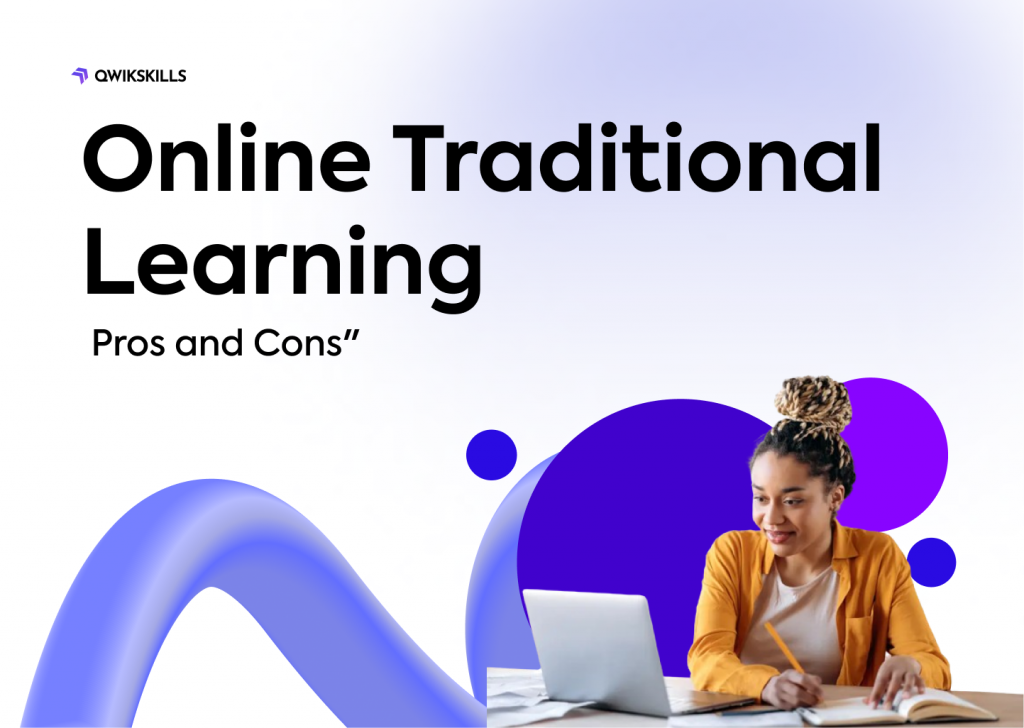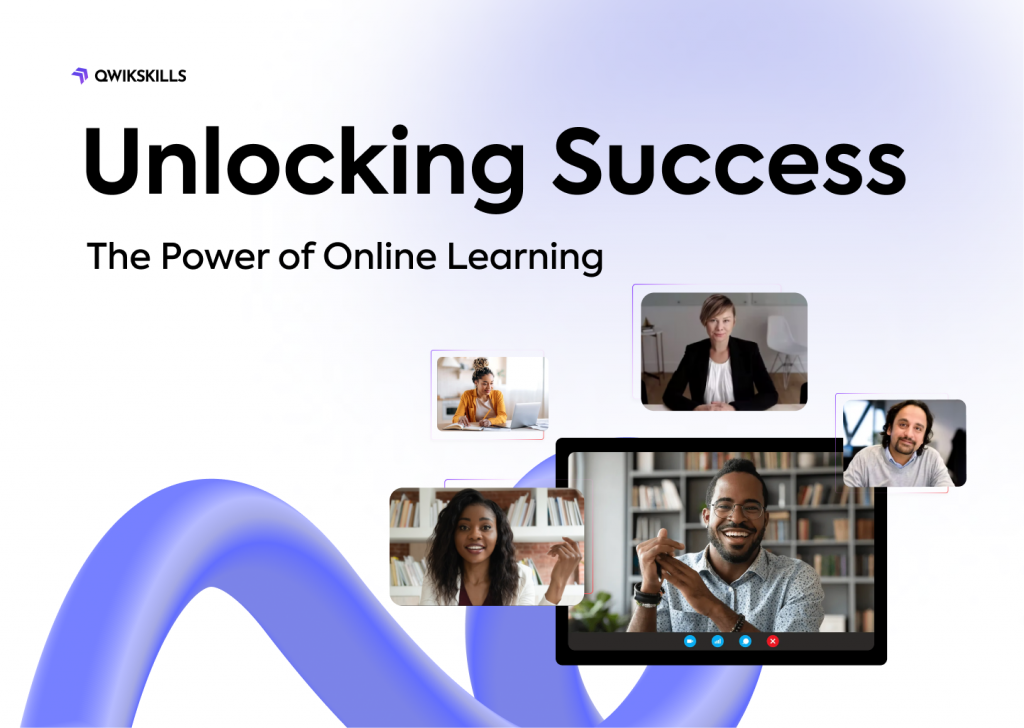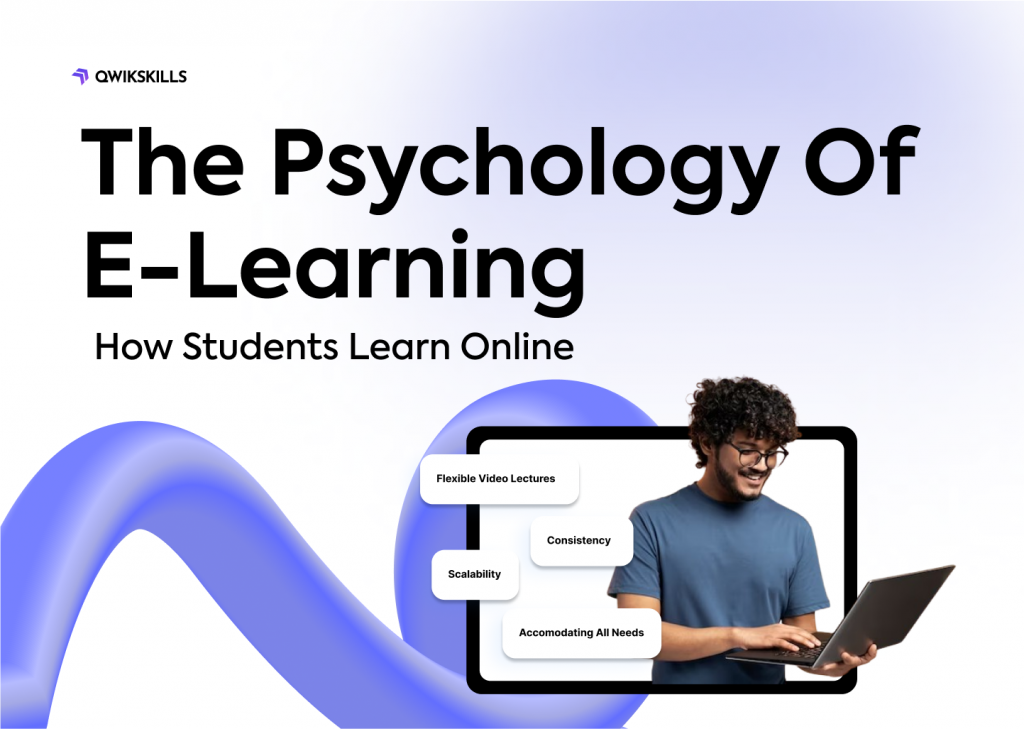With the advent of EdTech, or Educational Technology, we have a powerful tool at our disposal to address the persistent challenge of the education divide. This blog post will delve into the role of EdTech in bridging the education gap, providing a comprehensive exploration of its potential solutions.
We will examine the definition and scope of the education divide, its causes and impacts, and how EdTech can play a pivotal role in transforming the educational landscape. Throughout the journey, we will explore examples of successful EdTech implementations, analyze their impact, and discuss potential challenges along with strategies for overcoming them.
By the end, you will gain valuable insights into how EdTech can catalyze the creation of a more inclusive and equitable education system.
The Education Divide
Definition and Scope of the Education Divide
The education divide refers to the disparities in educational access, quality, and outcomes that exist among different groups of students. These disparities may arise due to various factors, including socioeconomic status, geographical location, and cultural background.
The scope of the education divide extends beyond access to include issues such as disparities in learning resources, teacher quality, and educational infrastructure.
Causes and Impacts of the Education Divide
Several factors contribute to the education divide, creating barriers that hinder equal educational opportunities. Socioeconomic disparities, inadequate infrastructure, and cultural biases are among the key contributors.
The impacts of the education divide are profound, perpetuating cycles of inequality and limiting the potential for social and economic mobility. It is crucial to address these causes and impacts to create a foundation for a more equitable education system.
EdTech Solutions
Overview of EdTech
Educational Technology, or EdTech, encompasses a wide range of tools, platforms, and applications designed to enhance the teaching and learning experience. These technologies leverage the power of the digital age to provide innovative solutions that can overcome traditional barriers in education.
From interactive learning platforms to virtual classrooms, EdTech has the potential to revolutionize the way education is delivered and accessed.
Examples of EdTech Tools and Platforms
- Interactive Learning Platforms: Platforms like QwikSkills and Coursera offer interactive lessons and exercises, allowing students to learn at their own pace.
- Virtual Classrooms: Platforms like Zoom and Google Meet facilitate real-time collaboration and engagement, breaking down geographical barriers in education.
- Adaptive Learning Systems: EdTech tools such as DreamBox and Knewton use artificial intelligence to personalize learning experiences, catering to individual student needs.
- Open Educational Resources (OER): Platforms like OpenStax provide free, openly licensed educational materials, ensuring access to quality content for all.
How EdTech Can Address the Education Divide
EdTech serves as a powerful equalizer by addressing various aspects of the education divide. Here’s how:
- Access to Quality Content: EdTech provides a platform for the dissemination of high-quality educational content, irrespective of geographical location or economic status.
- Personalized Learning: Adaptive learning technologies cater to individual learning styles, ensuring that each student receives a customized educational experience.
- Remote and Distance Learning: EdTech facilitates remote and distance learning, breaking down barriers related to travel and infrastructure, particularly in underserved areas.
- Collaborative Learning: Virtual classrooms and collaborative tools foster interaction among students and educators globally, promoting a diverse and inclusive learning environment.
Challenges and Solutions
Potential Challenges in Implementing EdTech
- Digital Divide: Disparities in access to digital devices and internet connectivity can create a digital divide, limiting the reach of EdTech initiatives.
- Teacher Training: Effective integration of EdTech requires proper training for educators, and a lack of training can hinder successful implementation.
- Cost Implications: The initial costs of implementing EdTech solutions can be a barrier, especially for schools or regions with limited financial resources.
Strategies for Overcoming These Challenges
- Infrastructure Development: Governments and educational institutions can invest in improving digital infrastructure, ensuring widespread access to the Internet and digital devices.
- Teacher Training Programs: Comprehensive training programs should be implemented to empower educators with the skills needed to integrate technology seamlessly into their teaching practices.
- Public-Private Partnerships: Collaboration between government bodies, private enterprises, and non-profit organizations can help mitigate financial barriers associated with EdTech adoption.
Conclusion
In conclusion, EdTech stands as a formidable ally in the quest to bridge the education divide. As we have explored, its potential to provide equal access, personalized learning experiences, and global collaboration is transformative.




